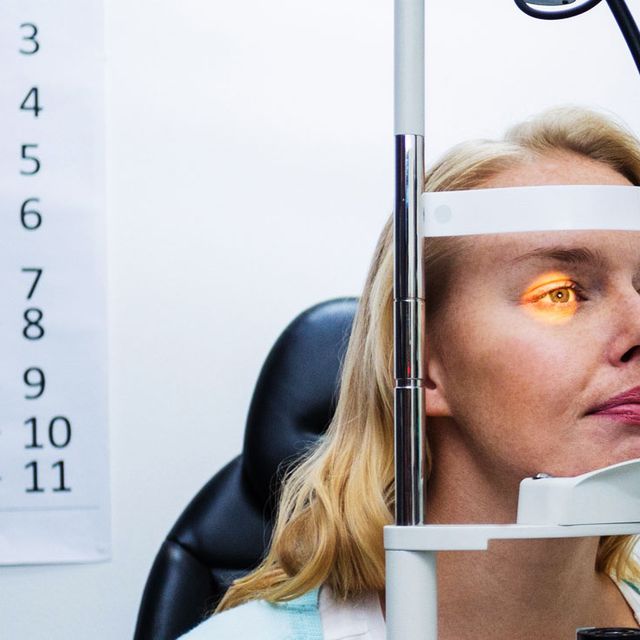
Blog

Presbyopia is a common age-related vision condition that affects people over 40. It occurs when the natural eye lens loses its close-up focusing ability. This natural condition happens as the eyes age and affects most individuals.
People with presbyopia discover they need to hold reading materials away from their faces to see clearly. Bifocal or multifocal (progressive) reading glasses can help correct the issue. If you prefer not to wear glasses, you can get contact lenses.
Bifocal and Multifocal Lenses
Bifocal lenses come in two sections with different powers—one for distance and the other for near vision. It allows the wearer to switch focus from far to near as necessary. However, the vision between the two is not necessarily clear.
Multifocal lenses have multiple powers; the term refers to progressive lenses, bifocals, and trifocals. The lenses allow users to constantly change focus, seeing clearly at a distance, up close, and in between.
Bifocal or Multifocal Contact Lenses
For those who do not like wearing eyeglasses, contact lenses are available. Bifocal and multifocal contact lenses are available in rigid gas permeable (RGP) and soft materials. Contact lenses are ideal for those who want convenience or do not like the look of glasses.
When choosing contacts, you can easily focus on any direction or distance. Unlike with progressive eyeglasses, your view is perfect at all distances when you wear contact lenses.
Bifocal or Multifocal Contact Lenses – The Difference
The difference between bifocal and multifocal lenses is the range of powers. Bifocal contacts have two distinct prescriptions within the same lens for near and far vision. Multifocals have a range of powers within each lens and work like progressive eyeglasses.
Multifocal contacts often describe lenses with more than one power, including bifocals. Both bifocal and multifocal contacts work based on the lens design.
Multifocal Contact Lenses
Multifocal contact lenses are designed as simultaneous or alternating vision lenses. Simultaneous lenses are more popular and offer both near and distance vision simultaneously. After a quick adjustment, the eyes learn to use the part of the lens required to focus on an object.
Simultaneous vision lenses are available in concentric ring and aspheric designs. Alternating or translating vision lenses are designed like bifocal eyeglasses with two distinct sections. The pupil moves to the desired section when looking at an object.
Choosing Multifocal Contact Lenses
To determine the best contact lenses, you need an eye exam. Most people find that wearing multifocal lenses may compromise some aspects of vision. These include difficulty reading small print or problems with night glare.
Sometimes, the doctor may recommend monovision lenses to deal with presbyopia. The patient can wear a lens for near vision in one eye and one for distance vision in the other. Modified monovision allows patients to see better at all distances.
New technology has led to the creation of comfortable lens designs while improving vision. Several designs are available, and wearers can choose the one that works for them.
For more on bifocal and multifocal contact lenses, visit Super Optical Express at our Gainesville, Florida office. Call 352-702-9700 to schedule an appointment today.



